How Sensory Toys Help with ADHD: A Detailed Guide
How Sensory Toys Help with ADHD: A Detailed Guide
If you are a parent of a child with ADHD or Autism Spectrum Disorders, you likely understand the importance of sensory resources. Sensory toys are a great way to promote a soothing and calming environment for your child. They can help manage their anxiety and enhance focus. In this blog post, we will go in-depth into how sensory toys can help with ADHD, and the different types of sensory toys that can be used.
Firstly, it is important to understand the basis of sensory processing difficulties in children with ADHD. Children with ADHD often have difficulty in filtering out and prioritizing sensory input. This means that they may be overly reactive or under-responsive to sensory stimulation. This can lead to difficulty in regulating their emotions and behaviors, as they try to cope with an overwhelming sensory world.
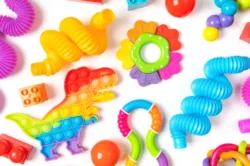
Sensory toys can provide a predictable and reassuring environment for your child. They can also help them develop their self-regulatory skills which is necessary in improving their ability to thrive in our world today. Sensory toys promote the development of fine motor skills, attention, and coordination. They can also help with language and social skills.
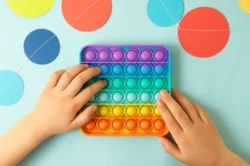
One example of sensory toys that can improve fine motor skills is fidget toys. Fidget toys provide tactile stimulation to children’s fingers. They can help them regulate their emotions and therefore improve focus on the tasks. Additionally, they can help children release their built-up energy in a safer and non-disruptive way. Self-regulation is something that all children need to learn in order to thrive in our world. Providing children with a variety of options allows a child to learn what works best for them when needed.

Another example of sensory toys is weighted blankets. Weighted blankets can have a calming effect on children with ADHD and can help improve sleep. Weighted blankets stimulate the deep touch pressure receptors in the body, which helps the brain release serotonin, resulting in a calming effect. However, it is important to note that weighted blankets should be used under supervision and should not be used as a substitute for recommended medical care.
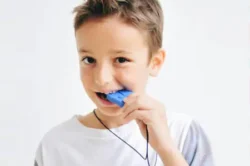
Chewable necklaces are also a great option for children with ADHD. Children with ADHD often seek oral stimulation, such as chewing or sucking. Chewable necklaces are a safe and socially acceptable way for children to meet their oral sensory needs. They can help children stay calm and focused, especially during situations like exams, homework, or when going on outings.
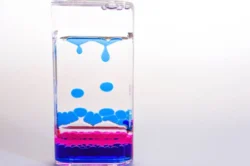
Sensory focus toys such as liquid motion timers can provide a soothing and calming environment, helping children with ADHD and Autism Spectrum Disorders enhance focus and manage anxiety. Liquid motion timers provide visual stimulation that can help children stay calm and focused on their task. It has also been reported in helping children regulate their breathing, which in turn can help manage anxiety.

Sensory toys can also help children develop their gross motor skills, which are important for exploring our world with physical activities such as running, jumping, and balancing. Yoga balls, for example, can help children of all motor levels improve their balance and coordination. They can also help burn off heightened energy levels and improve their concentration.
It is also important to note that sensory toys can come in different textures and materials. For example, some children may benefit from soft, squishy toys, while some may prefer hard, firm toys. Others may prefer a quiet corner or a place of increased lights/sound. It is important to identify your child’s sensory preferences and choose sensory toys according to their preferences. At times, providing a child with a variety of different options allows a child to choose what works best for them – their choices may surprise you!
In conclusion, sensory toys can be an effective way to support all children – especially those diagnosed with ADHD and Autism Spectrum Disorders. They can help them manage their anxiety, enhance focus, and regulate their emotions and behaviors. Sensory toys promote the development of fine motor skills, attention, and coordination. It is important to consider your child’s sensory preferences and choose sensory toys accordingly. Sensory toys should be used as a complementary therapy and not as a substitute for prescribed medication. It is always important to consult with your child’s healthcare provider or therapist before introducing new sensory toys.
related blogs
When most people think about the senses, the traditional five often come to mind: sight, sound, taste, touch, and smell.
Sensory processing disorder (SPD) often flies under the radar, yet it plays a crucial role in understanding the complexities of
Sensory Processing Disorder (SPD) is a complex condition that manifests in various ways, depending on how individuals process sensory information.
Attention Deficit Hyperactivity Disorder (ADHD) and Sensory Processing Disorder (SPD) are two conditions frequently discussed in pediatric development and mental
Language development is a crucial part of a toddler's growth, and fostering this skill can have lasting impacts on their



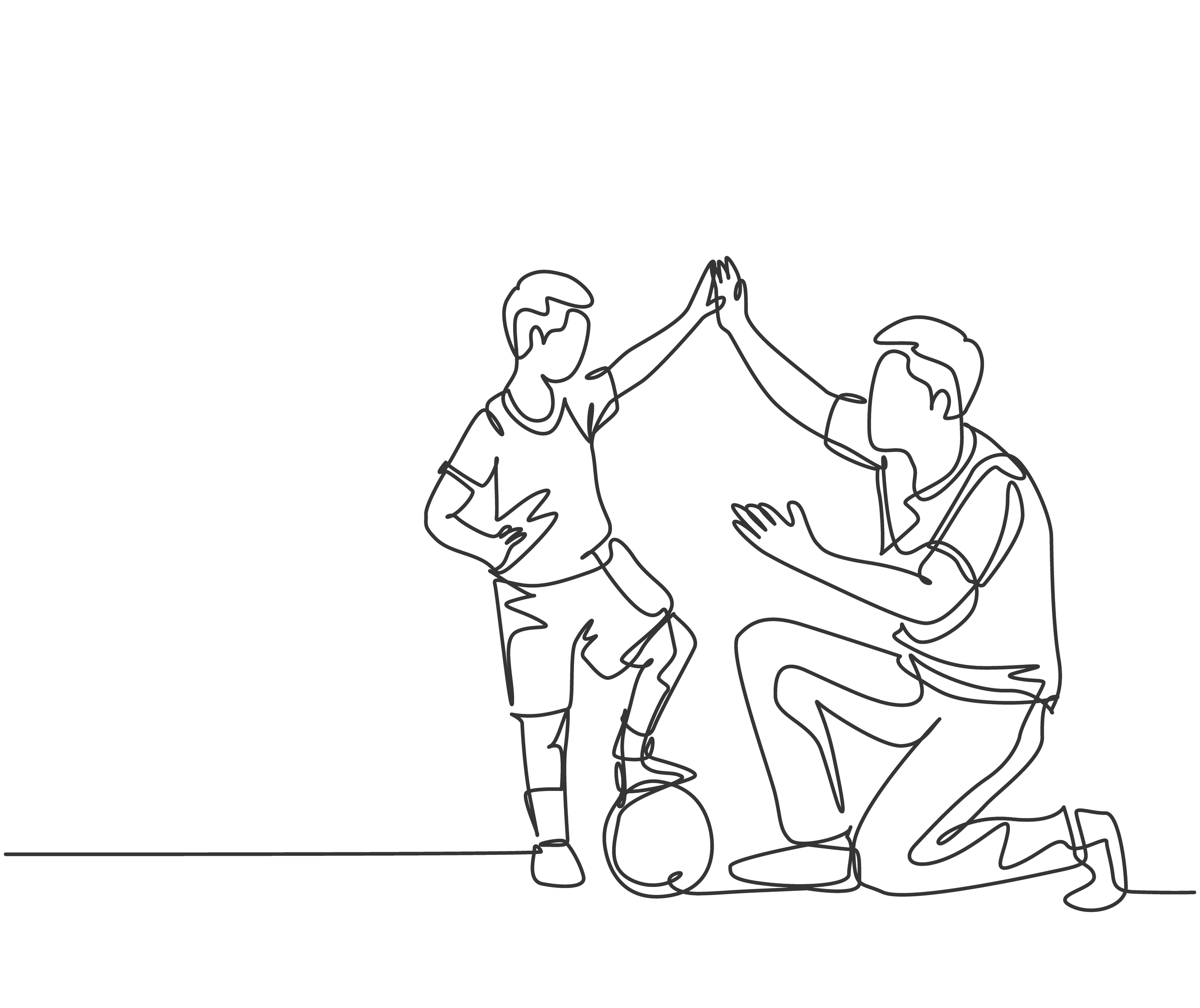








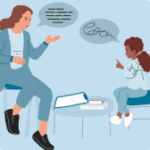 Speech Therapy
Speech Therapy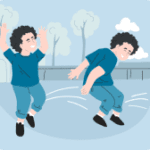 Physical Therapy
Physical Therapy Occupational Therapy
Occupational Therapy

